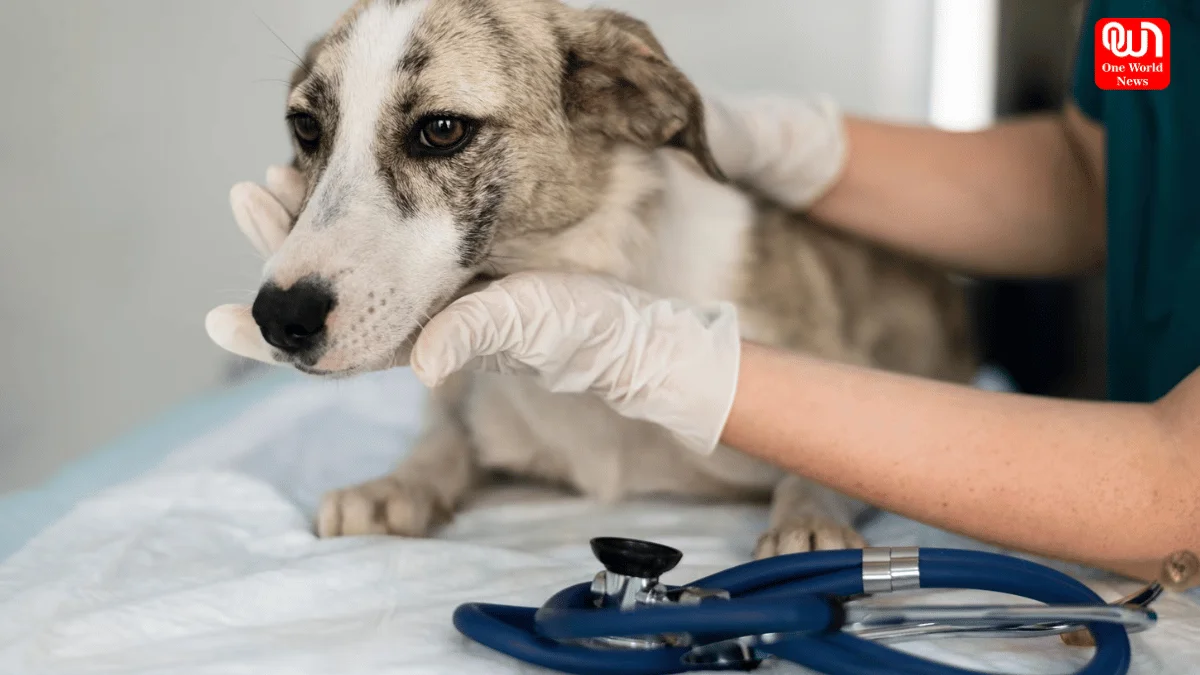Safeguarding Your Furry Friend: A Comprehensive Emergency Pet Care Guide for Burns
Pets are cherished members of our families, and ensuring their safety and well-being is paramount. However, accidents happen, and knowing how to respond swiftly and effectively in emergencies can make all the difference. One such perilous situation is when our furry companions suffer from burns. Whether it’s a scald from hot liquids, a singe from a flame, or a chemical burn, understanding the appropriate steps to take is crucial. In this comprehensive guide, we’ll delve into the necessary measures to provide immediate care and support for your pet in the event of a burn injury.
Recognizing Burn Injuries in Pets
- Identifying burn injuries in pets is essential for prompt intervention. Common signs include:
- Visible Damage to Skin: Look for redness, blistering, or charred skin.
- Pain or Discomfort: Your pet may whimper, yelp, or exhibit signs of distress.
- Swelling or Inflammation: Burns often lead to swelling around the affected area.
- Changes in Behavior: Agitation, restlessness, or reluctance to move can indicate discomfort.
- Licking or Chewing: Pets may instinctively attempt to soothe the burn by licking or chewing the area.
Read more: 5 Winter Care Tips For Your Pets To Protect Them From Cold Weather
Immediate Actions to Take
When faced with a pet suffering from burns, swift action is crucial to minimize further damage and alleviate pain. Here’s what you can do:
Assess the Situation: Ensure your own safety before approaching your pet. If the burn resulted from a hazardous substance, wear protective gloves to prevent exposure.
Remove the Source of Heat or Chemical: If the burn was caused by a hot object or liquid, carefully remove your pet from the source of heat. If it’s a chemical burn, rinse the affected area with lukewarm water for at least 10-15 minutes to flush out the chemical.
Cool the Burn: Use cool (not cold) water to gently cool the burned area. Avoid ice or ice-cold water, as this can further damage the skin. Pat the area dry with a clean towel afterward.
Cover the Burn: Once the burn has been cooled, cover it with a clean, non-adhesive bandage or sterile dressing to protect it from contamination and further injury.
Seek Veterinary Assistance: Even if the burn seems minor, it’s crucial to seek professional veterinary care promptly. Burns can lead to complications such as infection or tissue damage, which may not be immediately apparent.
What NOT to Do
In the urgency of the moment, it’s essential to avoid actions that could exacerbate your pet’s condition:
Do Not Apply Ice Directly: Ice can cause additional tissue damage and worsen the burn.
Avoid Home Remedies: While you can provide initial first aid, refrain from using home remedies or ointments without veterinary guidance, as they may not be safe or effective for pets.
Don’t Pop Blisters: Blisters serve as a protective barrier for the underlying skin. Popping them can increase the risk of infection.
Prevent Self-Mutilation: Pets may try to lick or chew at the burn site. Use an Elizabethan collar (cone) to prevent them from exacerbating the injury.
Veterinary Care and Follow-Up
After administering initial first aid, it’s crucial to follow up with your veterinarian for comprehensive care:
Professional Evaluation: Your veterinarian will assess the severity of the burn and prescribe appropriate treatment, which may include pain management, antibiotics to prevent infection, and wound dressings.
Monitoring and Follow-Up: Follow your veterinarian’s instructions for monitoring the burn site and administering any prescribed medications. Attend scheduled follow-up appointments to ensure proper healing.
Nutritional Support: In severe cases, burns can affect your pet’s nutritional needs. Your veterinarian may recommend dietary supplements or specialized feeding strategies to support recovery.
Preventive Measures
While accidents are unpredictable, taking preventive measures can help minimize the risk of burn injuries to your pet:
Pet-Proof Your Home: Keep hot objects such as candles, stovetops, and irons out of your pet’s reach. Use childproof latches to secure cabinets containing hazardous substances.
Supervise Outdoor Activities: When outdoors, supervise your pet to prevent encounters with open flames, hot surfaces, or chemicals.
Use Pet-Safe Products: Opt for pet-safe cleaning products, pesticides, and other household chemicals to minimize the risk of accidental exposure.
We’re now on WhatsApp. Click to join.
Conclusion
Being prepared to respond effectively to burn injuries in pets can save lives and prevent long-term complications. By familiarizing yourself with the signs of burns, administering prompt first aid, and seeking veterinary care promptly, you can ensure the best possible outcome for your furry friend. Remember, your veterinarian is your ally in safeguarding your pet’s health and well-being, so don’t hesitate to seek their guidance in times of need. With vigilance and proactive measures, you can create a safe environment where your pet can thrive without the threat of burn injuries.
Like this post?
Register at One World News to never miss out on videos, celeb interviews, and best reads.









